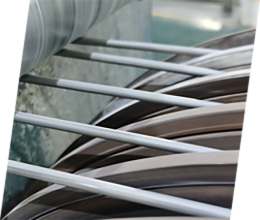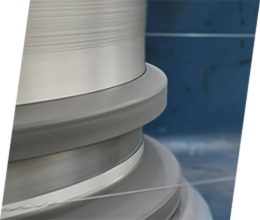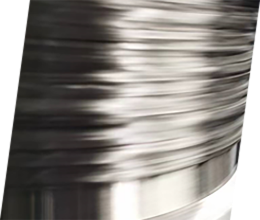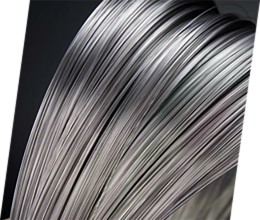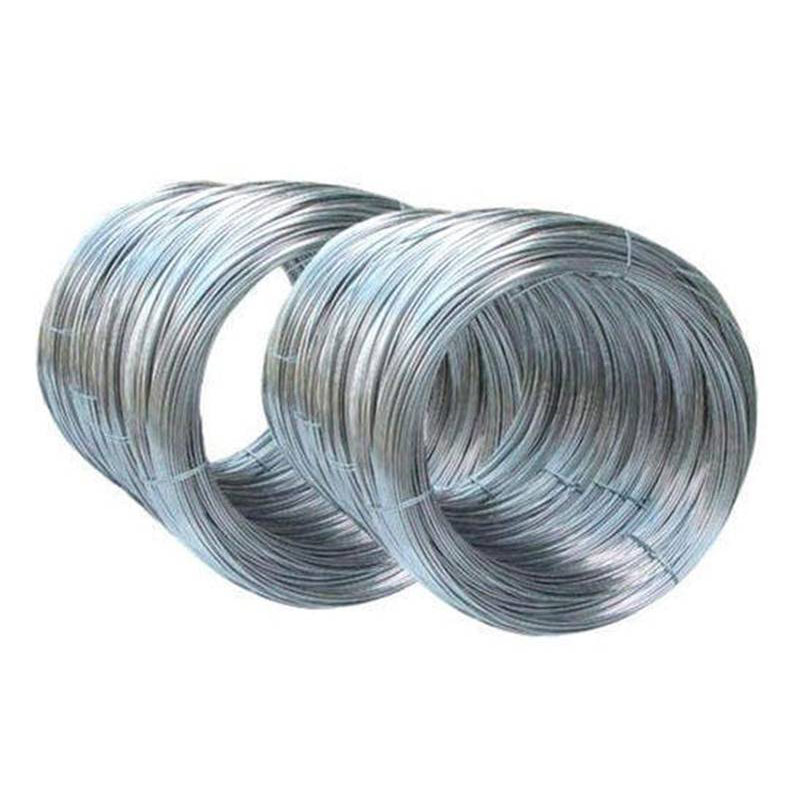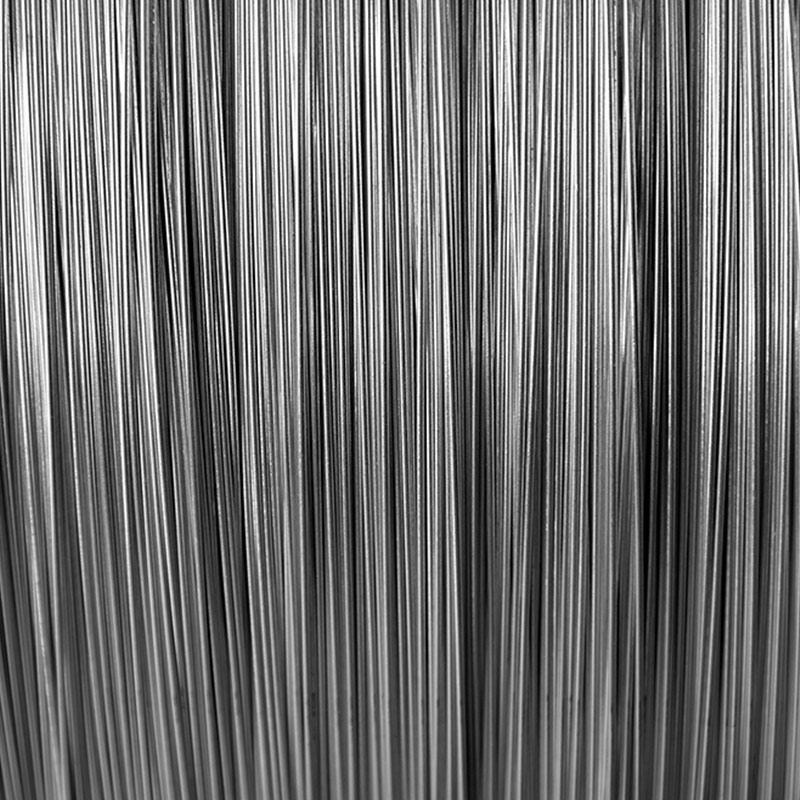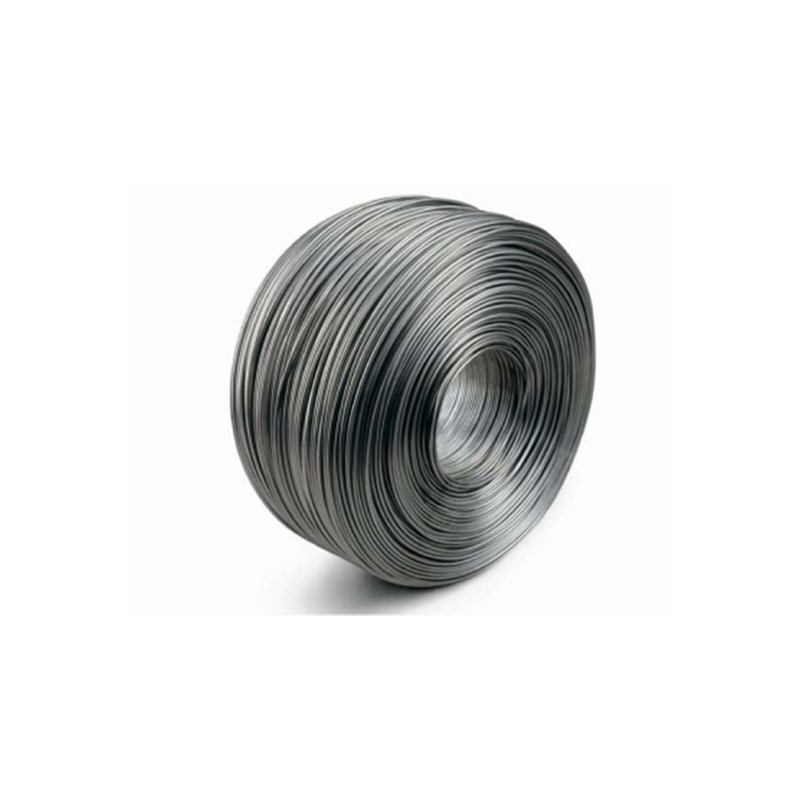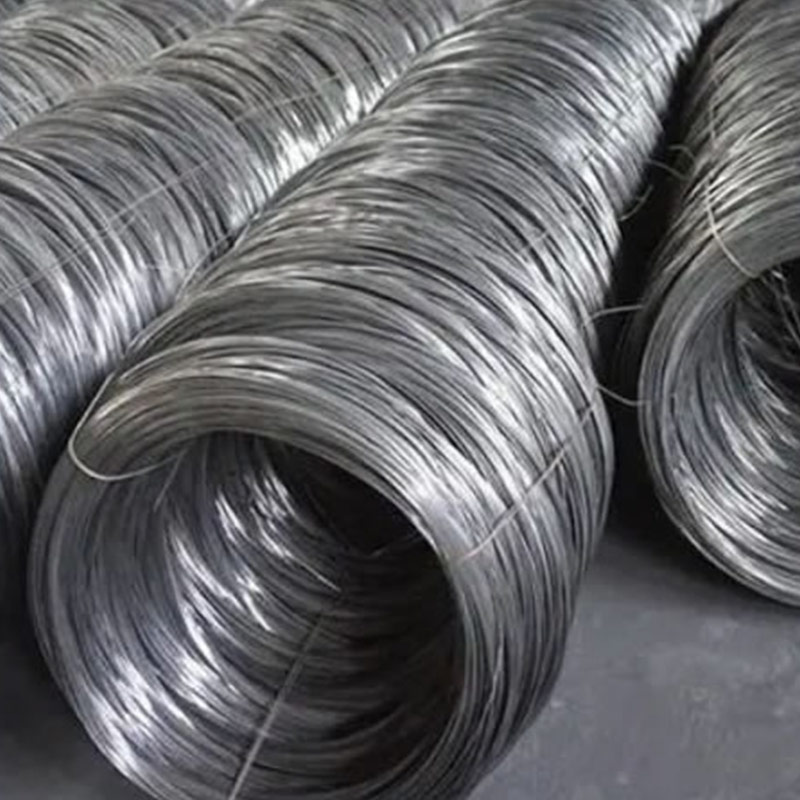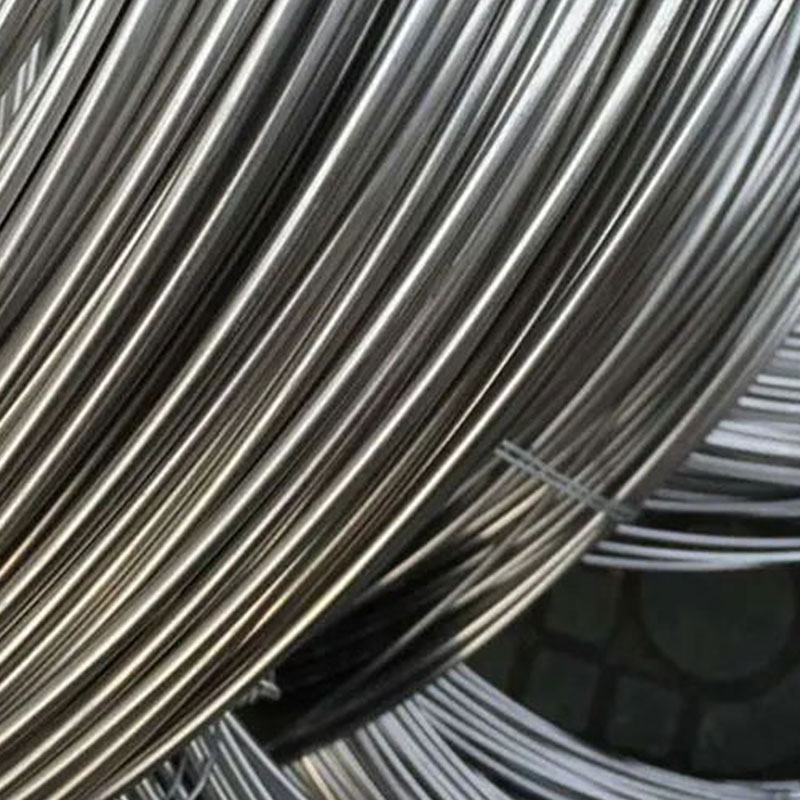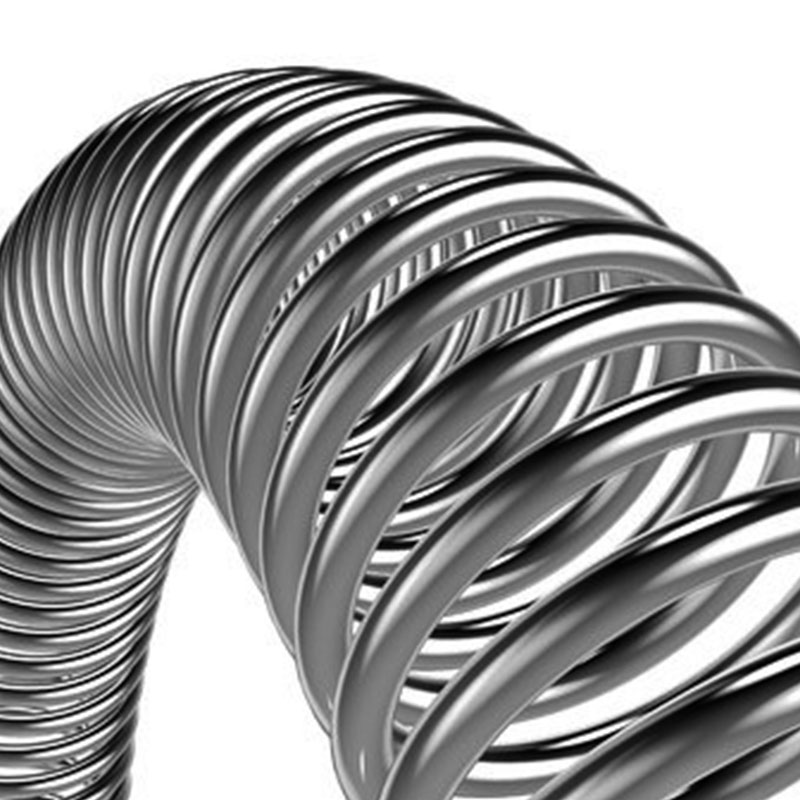Stainless Steel Spring Wire
Stainless steel spring wire refers to the steel specially used for manufacturing springs and elastic elements due to its elasticity under quenching and tempering conditions. The elasticity of steel depends on its elastic deformation capacity, that is, within the specified range, the elastic deformation capacity makes it bear a certain load, and no permanent deformation occurs after the load is removed.
Stainless Steel Spring Wire Product performance
Spring steel shall have excellent comprehensive properties, such as mechanical properties (especially elastic limit, strength limit, yield ratio), anti elastic property (i.e. anti elastic degradation property, also known as anti relaxation property), fatigue property, hardenability, physical and chemical properties (heat resistance, low resistance, oxidation resistance, corrosion resistance, etc.). In order to meet the above performance requirements, spring steel has excellent metallurgical quality (high purity and uniformity), good surface quality (strict control of surface defects and decarburization), and accurate shape and size.
Application Area of Stainless Steel Spring Wire
The stainless steel springs designed and produced are used in spray springs, high-temperature springs, battery welding, stainless steel compression springs, tension springs, torsion springs, high-strength springs, high fatigue springs, medical springs, non-magnetic springs, and braided springs.
Manufacturing Method of Spring Steel Wire
Spring Steel Wire Surface Treatment
Generally, pickling phosphating is used to remove iron oxide scale and form phosphating film; There are also a few mechanical methods. The purpose is to meet the requirements of the cold drawing process and obtain a smooth surface. For spring wire requiring high fatigue life, such as valve spring wire, the wire rod shall be peeled to reduce surface defects. If the steel mill can grind on the billet, it is also beneficial to reduce defects.
Spring Steel Wire Wiredrawing
The drawing process of the finished product drawing process has a great impact on the product performance. Generally, a large total surface reduction rate of about 90% (see area reduction rate) and a small pass surface reduction rate (about 10% - 20%) are used to ensure the toughness of the product. For high strength spring steel wire, the outlet temperature of each pass of steel wire shall be controlled to be lower than 150 ℃ during drawing to prevent the steel wire from torsion cracks due to strain aging, which is the main defect causing steel wire scrapping.
For this reason, good lubrication and sufficient cooling must be provided during drawing. The use of smaller pass reduction rate and drawing speed will help to reduce the temperature rise of steel wire.
Spring Steel Wire Heat Treatment
The common lead bath quenching process for carbon steel spring steel wire can obtain very fine pearlite structure (sorbite), which is beneficial to improve deep drawing performance and spring performance. The alternative process of fluidized bed for lead bath has not been promoted, and it is only applied to some small diameters. Alloy steel wire generally adopts annealing heat treatment to make the microstructure adapt to drawing deformation.
The heat treatment of stainless steel wire adopts solution treatment, which aims to improve the structure to meet the needs of drawing. The oil quenching process is used on the finished steel wire. Induction heating or gas oil heating furnace is used to heat the steel wire to the austenitizing temperature for a period of time. After quenching, a medium temperature tempering is carried out.
How to Distinguish good Stainless Steel Spring Wire
A good stainless steel spring wire is very broad, but in fact it has strict quality standards: no matter from fatigue performance, physical and chemical properties, or anti elastic property, the advantages of stainless steel spring wire are very outstanding, but here the most important is the most important performance of stainless steel spring wire - mechanical performance. In order to meet the above performance requirements, stainless steel spring wire should pay attention to the purity and uniformity of steel during smelting, which is conducive to enhancing the performance.
How to Wash Stainless Steel Spring Wire
Since the stainless steel spring wire has a wide range of applications, its later cleaning work has become very important. Generally, we can use soap or weak alkaline detergent to clean the dust on the surface of the stainless steel spring wire. If we encounter fat or oil, we can try to dry it with paper towels or cloth, and then use neutral detergent to wash it. This is also a safer method.
If the organic carbide is attached to the surface of the stainless steel spring wire, we can use helium solution to wipe it, or use alcohol to erase the fingerprint. These are very easy to get materials, and the method is relatively simple. If the acid adhesive is attached to the steel wire surface, we should soak it in neutral soda water and then wash it. Similarly, warm water is the safest choice.







